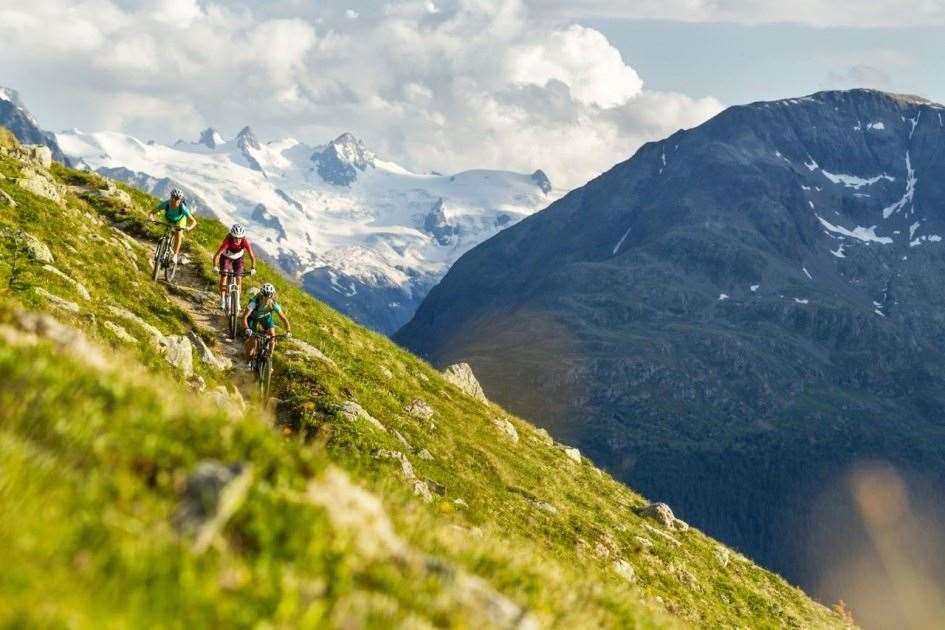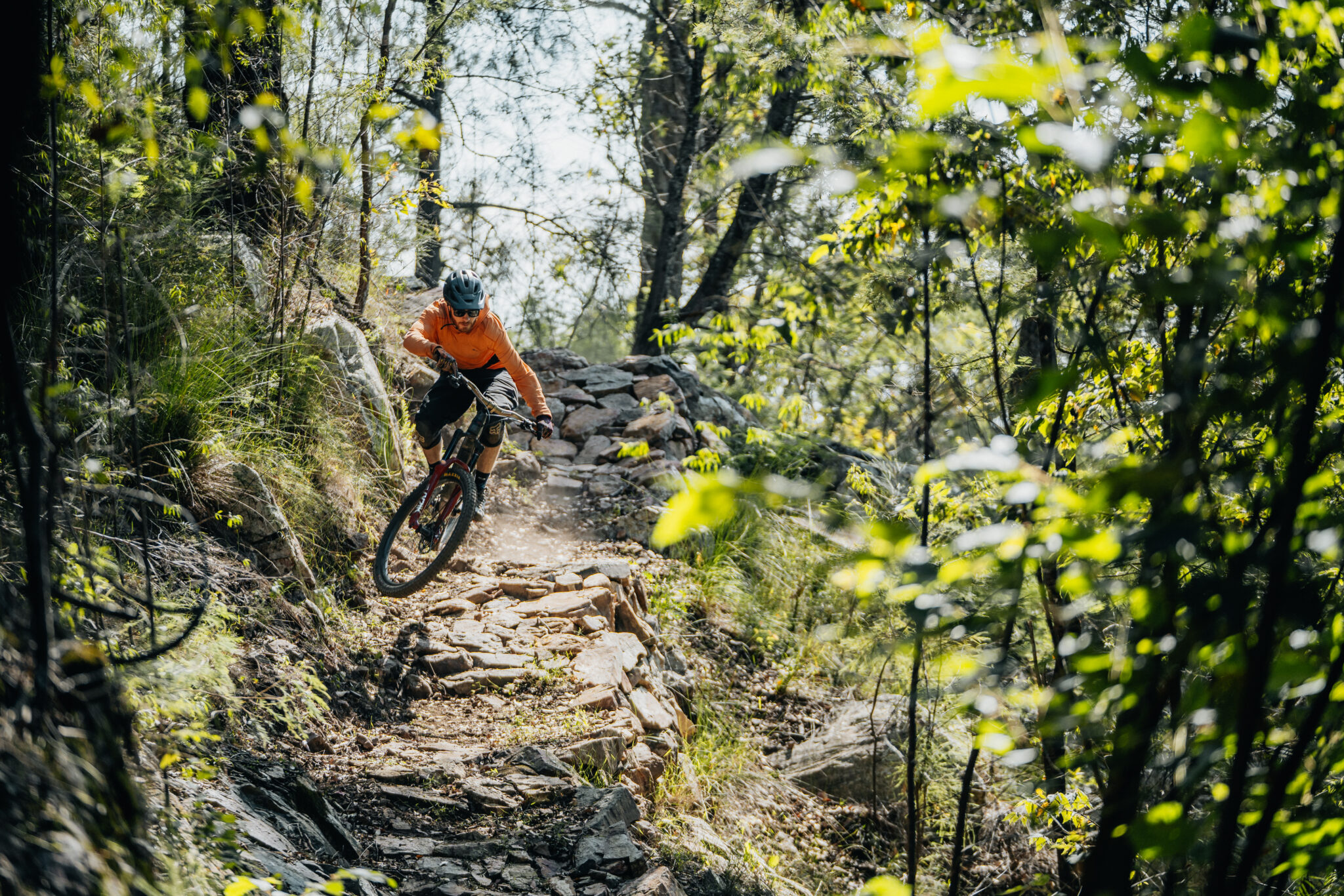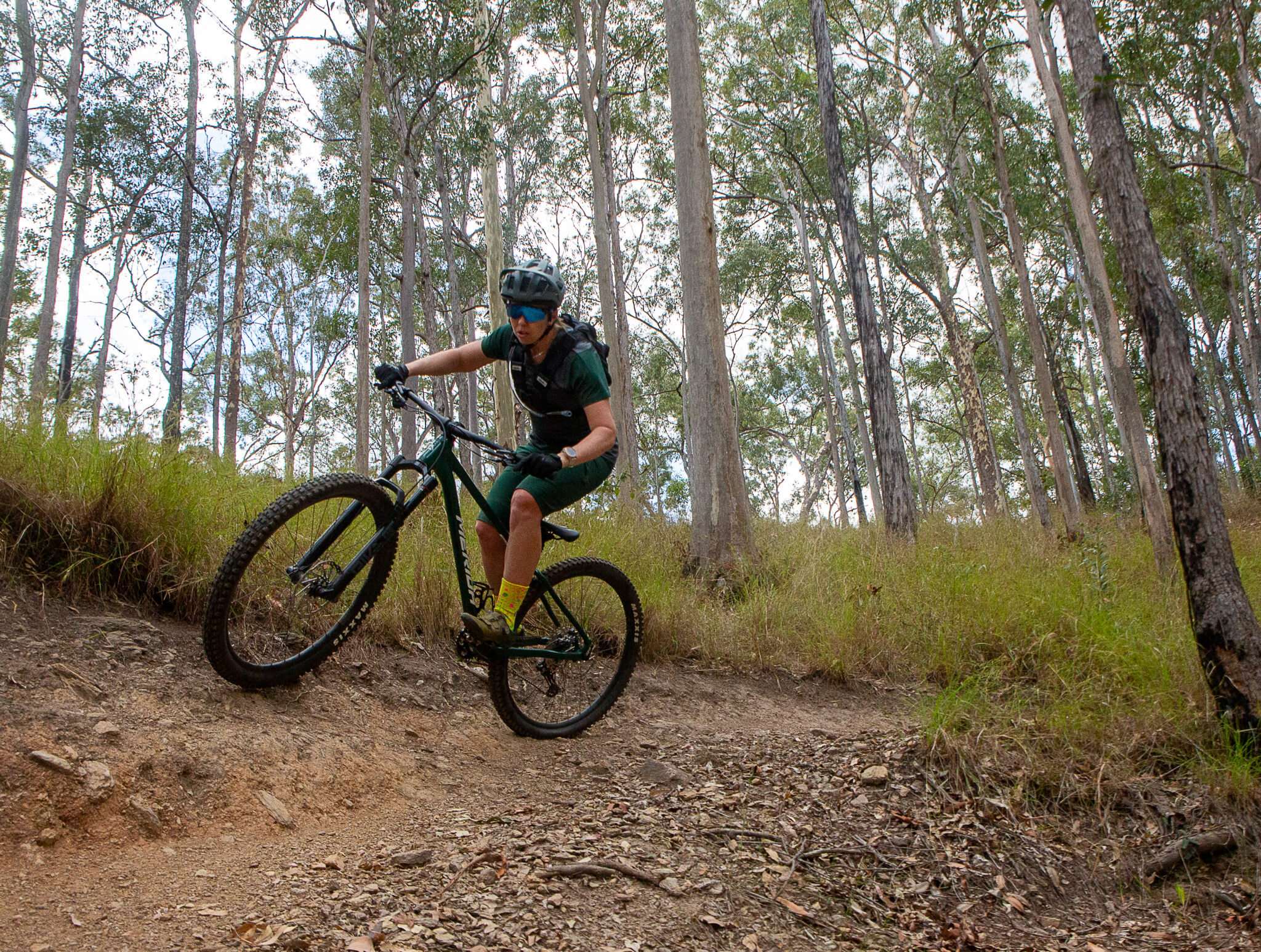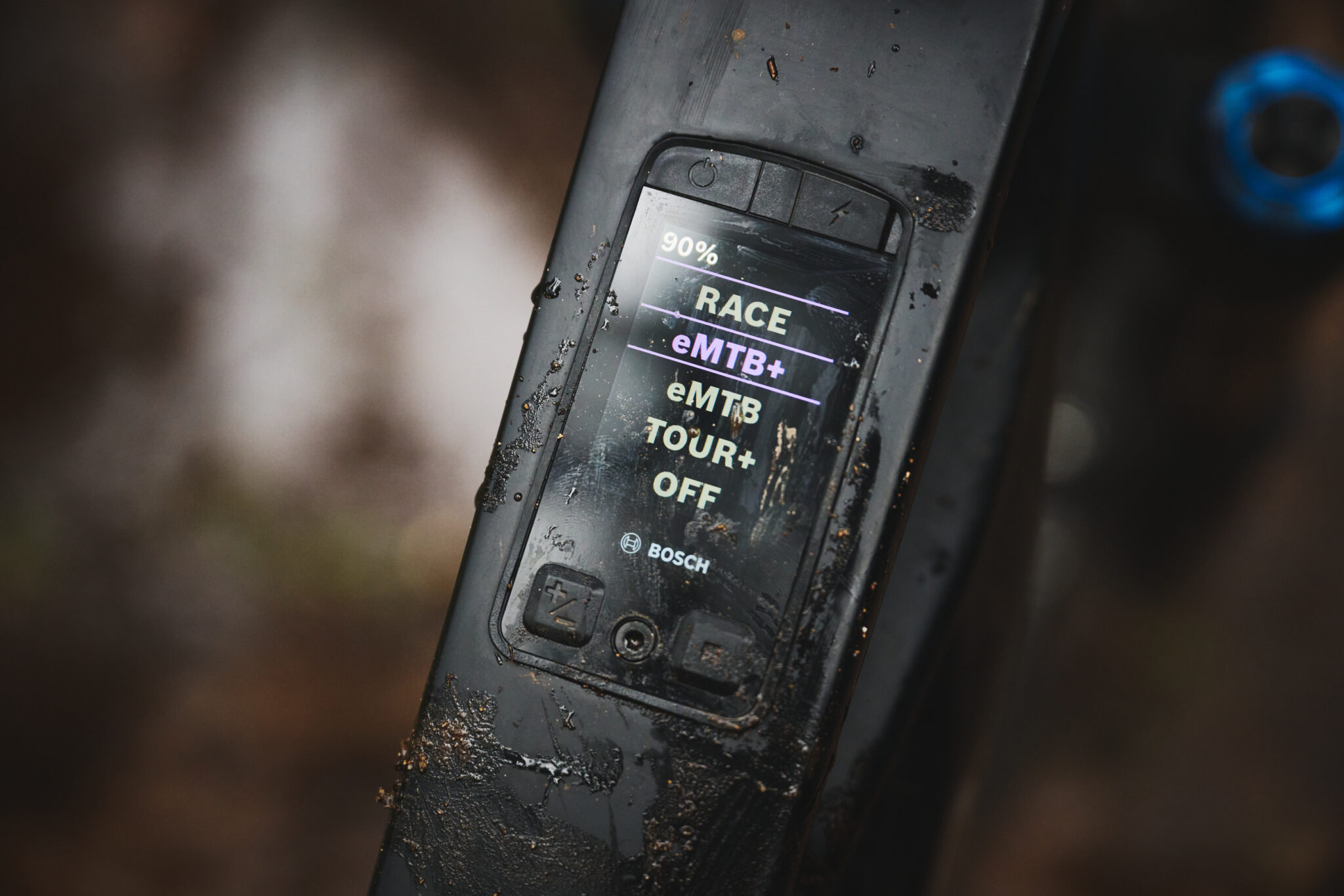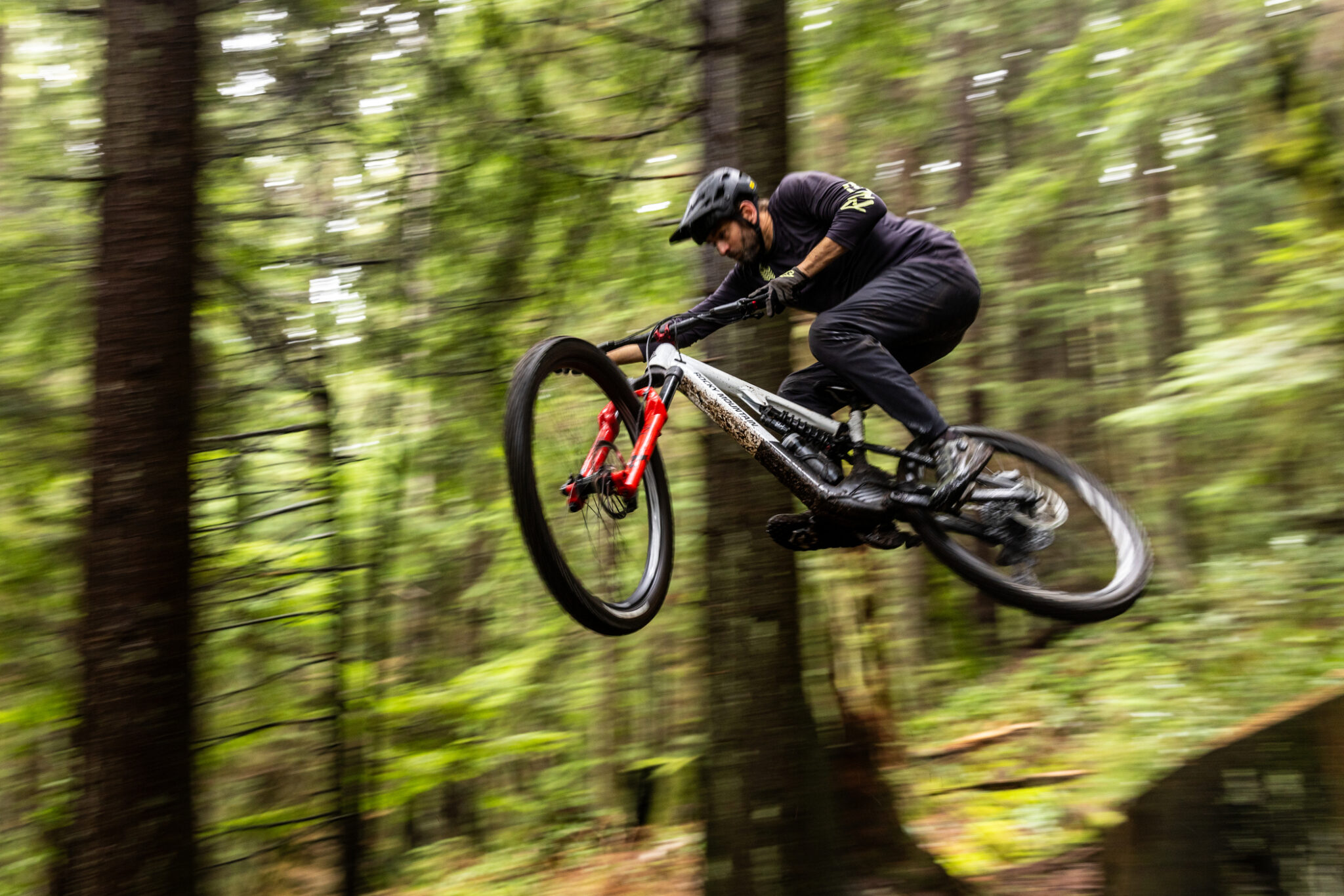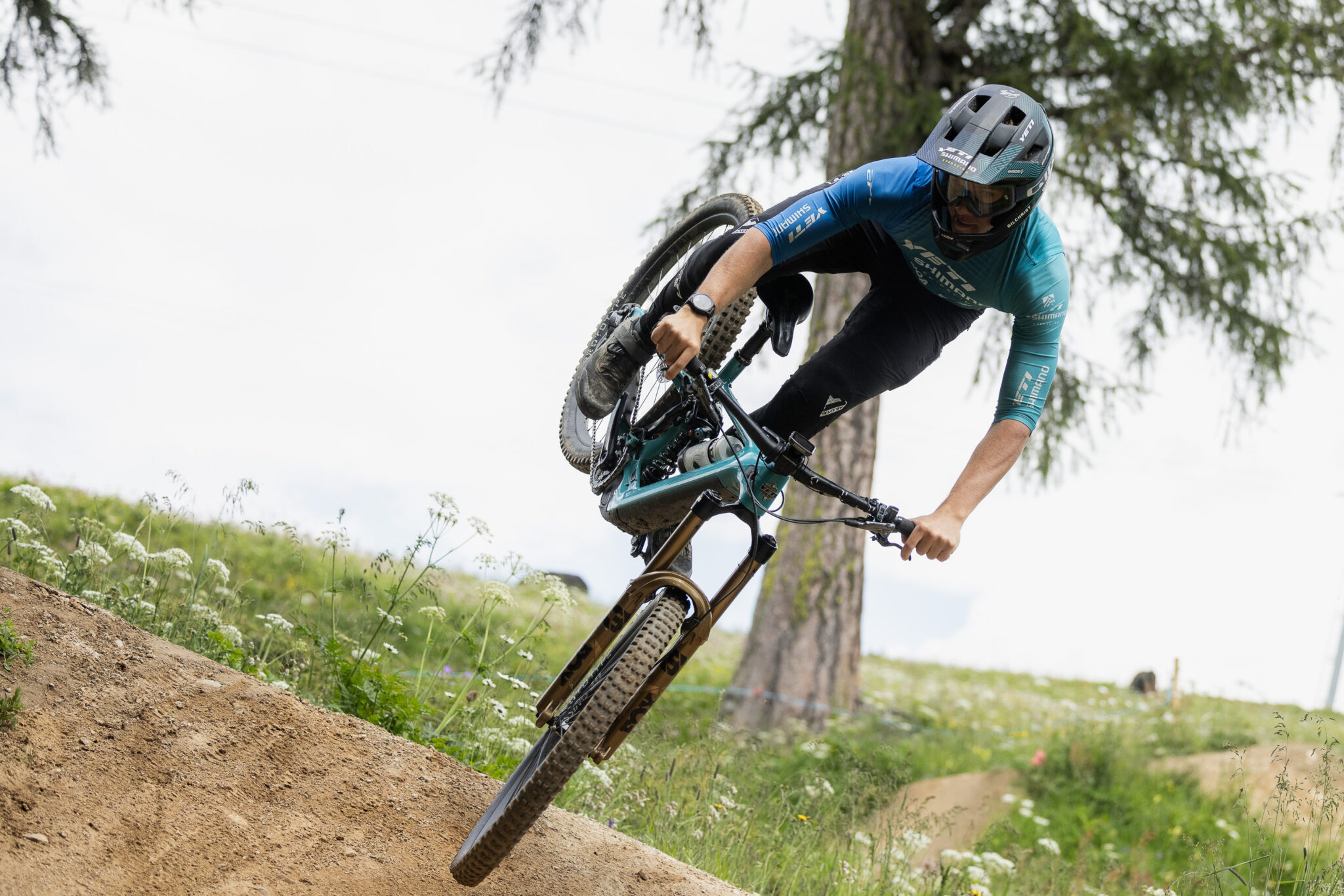Scuol and surrounds: the hidden Switzerland
Switzerland is the home to more than chocolate and fancy watches. It also has some of the best mountain biking on the planet - much of it in the Graubunden canton.
Switzerland is different from the rest of the world. The country is known to be ‘neutral’ especially due to their stance in World War Two, but European nations recognised their neutrality after the Congress of Vienna in 1815. Formed due to a protective alliance in the 13th Century, which became a nation state in 1848, Switzerland and its people chose to focus on their own traditions, customs and country. Their pride in their country and its national flag is perhaps matched only by Americans’. The mountains act as natural borders that developed their isolation. But Switzerland is in the heart of the European Alps, a summer and winter playground. Switzerland is crossed by major roads, railways, cog trains, cable cars, bike paths – and trails. Lots and lots of trails that have developed since people started to cross the Alps and their high valleys. The trails run through the valleys providing access to the towns, but there are also old trade and even smuggling routes in the high passes. A little further afield, and there are old military roads that have such a narrow grading they have become destination rides for mountain bikers. While the Swiss borders seem to have been set in stone, they have never truly stopped the passage of people, goods – and now riders – who are happy to explore.
THE MIGHTY EAST
The Engadine Valley sits within the Graubunden canton, the largest canton (or state) in Switzerland. It’s pretty much the whole right hand side of the blob shape that Switzerland makes on a map, wedging itself between Austria to the north, and Italy to the south. While only 200km or less from Milan, Zurich or Innsbruck – it can also feel worlds apart.
I have visited the Engadine Valley a number of times. For a few years (ok, eight), I made a habit out of running away to Europe to ride and race my bike. The Engadine Valley is a place I was always drawn back to. In one sense it represents the regal opulence of Western Europe. The glamour, glitz and modern lifestyle of the resort town of St Moritz is matched by traditional architecture in the old world spa town of Scuol with its picturesque Engadine houses – lavishly decorated with sgraffito, frescoes and oriel windows. But the valley also holds landscapes that are still wild. It harbours an ancient language, but also has public services available in up to five languages. There are sealed bike paths that skirt along rivers, and narrow trails literally carved out of rock faces.
The Swiss are very traditional, yet known also for diversity, as areas often share customs with the neighbouring countries. But the strength of the Romansh culture in the Graubunden region and Engadine Valley is unique. But an alpine culture is nation wide, and the winter skiing is matched by hiking and mountain biking in summer. Swiss traditions are slow to change, with the communes often deciding the fate of a new venture in town, discussing how it will effect the community. Downhill trails across the country have been shut down as they have damaged the forests too badly. Yet, unless otherwise marked, you can ride your mountain bike on any walking trail – as long as you’re capable of doing so. It is an area full of contrasts.
Most of my time in the Engadine Valley has been at either end – high up near St Moritz and Pontresina in the west – or down around the spa town of Scuol, further east towards Austria. Both offer different riding and holiday experiences, but are just a short train ride, half-day ride, or short drive apart. Either location makes a great base, depending on you preference of resort life or old town charm.
ST MORITZ AND PONTRESINA
Famous for glamour, extravagance and brilliant skiing, St Moritz doesn’t disappoint in summer either. With 400km of mountain biking trails, they have a fair bit to boast about. The town sits around a gorgeous lake at about 1800m, and the lake-side bike path flows readily into the trails in the pine forest, past more small lakes and towards Pontresina and the Bernina Pass, or down the valley towards Zernez.
But St Moritz have their finger on the mountain biking pulse, having built many lift accessed “flow” trails on the ski terrain. Sculpted berms plus natural features, and purely gravity assisted, their trails literally flow down the mountains above town, using the terrain to their full advantage. The Corviglia Flow Trails must be ridden if this is the style of riding you want. If you have the legs, try the Suvretta Loop too. The first climb is hard, but can be ascended by using the Corviglia lifted access. The trail traces a line in the scree around the back of the mountain and to the Suvretta Pass. You are up quite high, well above the tree line. So don’t do this as your first ride at altitude.
The descent along the creek from the pass is pretty epic, with about 900m of vertical descent back to Bever, back in the valley. It's one of those descents where you wish you had stopped for photos, but realistically you're glad you didn't. It takes you from scree slopes above the tree line, down to thick pine forest and farms along the river just outside town.
The real beauty of this high, broad valley, is linking villages – and even countries. The route over the Bernina pass to Tirano, Italy, is one such route. By following the marked bike route from the train station in Samedan and heading towards Pontresina, you quickly travel up and over the Bernina Pass. A mixture of gravel trails, ancient singletrack, purpose built trail and open pasture, once at 2300m you have a long, long way down to Tirano at about 400m. You would be best to use a .gpx file on a GPS to find the route from here – there are a myriad of choices beyond the mainstream signposted route. This valley has been used by smugglers in the past thanks to the proximity of Livigno. It’s suggested that the pass was first crossed by Arabs in a 10th Century invasion. While there is a very pedestrian route down, the old trails are hidden so they’re not readily seen for easy navigation. But they have been mapped, and uploaded.
The trail covers every kind of terrain you would expect when dropping 1900m. There is scree, alpine grasslands, open forest, avalanche fans, smooth singletrack and of course the final run into town. The riding will keep you alert, but nothing is too extreme on this route that you wouldn't be comfortable on a cross-country styled bike.
Savour some gelato in Tirano before boarding the Red Train for a ride on the historic Bernina Express as it winds its way back to where you came from. You might even choose to get off at the station near the pass – this way you can enjoy about 500m of altitude loss back into St Moritz, along what you climbed earlier.
There are countless more options for riding, you could even ride to Livigno and back. There are bus shuttles to and from Livigno, which makes big point-to-point rides possible. You could ride all the way to Bormio and get back via bus and train on the same day. Almost every pass has a trail, and every town has a story. Those with a sense of adventure will be rewarded.
THE SPA TOWN OF SCUOL
The Lower Engadine Valley is geographically very different to higher in the valley. It is steep, and jagged up high, but with sculpted terraces down low, where most villages have been built – as there is little flat ground along the river, unlike around St Moritz.
The mineral properties of the waters in the quaint village of Scuol have been known since the 14th Century, with four different mineral water springs, each with different qualities. There is an old, disused “Trinkhalle” by the river, for drinking the water, and the Bogn Engiadina Spa attracts many tourists from around Europe.
Yet this narrower part of the Engadine Valley, wedged between Austria and Italy, holds some brilliant mountain biking. A place that developed for tourism is shifting its focus. The waters and history remain, but rafting companies, climbing outfitters, and bike guides now call Scuol home. While not as heavily developed as St-Moritz and surrounds, the riding is also a great way to explore the area and the Swiss National Park. There is lift accessed riding, rides along bike paths, singletrack in high valleys – and some trails so steep, so exposed, you are surprised they are a marked riding route.
There are few trails that cross the Swiss National Park – it has just celebrated its 100th year anniversary, and is said to hold a lot of pristine alpine flora and fauna. Steinbock, marmots, and black bears are all within the park. Most activities are banned inside the park, save for day hikes. But you can ride along trails right on the edge of the park border, and experience this rugged and wild part of the European Alps.
Riding isn’t off the menu, and there are Swiss National Routes that make their way through the area. National Route One actually starts in Scuol and goes to Geneva, traversing east to west across the whole country. All marked, with supported packages to book via Swiss Tourism. But a personal favourite is route 444, the National Park Bike marathon route. It follows a 138km loop with about 4000m of climbing that circumnavigates the Swiss National Park, and passes through Livigno, Italy. If you're not in town for the race in late August, it's a great route for summer – even if you split it into two or three days and stay in hotels with your luggage sent ahead, or your essentials in a small bag. The route climbs up a long valley, through summer pasture and over sublime singletrack, before descending into the Val Mustair, a UNESCO Biosphere. The climb to Doss Radond is steep, through a rugged valley with glacial melt waterfalls tumbling through the open pine forest. Over the pass, you descend through the Val Mora – perhaps one of the least developed high alpine valleys in Europe. The gentle descent meets the river, turns into singletrack, and negotiates avalanche fans until you reach the Lago di Cancano, and the climb to the Alpisella pass, complete with the Fascists emblem. You're right in the area where Mussolini and the Fascists planned their last stand. The route continues through Livigno and back out – the hard way. See the information box about how to find the rest of the route and more.
Perhaps the most enchanting views of the area come from route 443. Well marked and mapped, this route climbs out of the valley towards Italy, just east of the 444. But instead of an open pass, it tackles a trail carved out of the cliff in the early 20th century. Highly exposed, chances are you will walk large sections unless you have nerves of steel. There is no nanny state in the high alps – and very little guard rail to stop you before a big drop into the chasm below. The route continues and descends towards the Reschenpass, and while you could ride back via another climb – you could also jump on a bike friendly bus and make the trip back around the mountain.
Other routes abound. Ones that travel past the impressive Schloss Tarasp, a 1000 year old fortress near Scuol, or that link the small villages of Guarda, Leven, Sent and more that proliferate on the sun terraces in the valley.
One of the most compelling reasons for me to venture back to this area is the journeys of discovery. We live in a land with a long indigenous history, and while it is one I respect greatly it is difficult to associate with due to the inherent Anglo education and upbringing we have in Australia. But here, I see a built history. A history that is carved into mountains, perched on rocky outcrops, and settled on plateaus. Trails, cart tracks, smuggling routes, castles, fortifications, churches and villages all make more sense. They match the history I was taught at school, and I can stand amazed in a town square knowing that it has stood there for centuries, witnessing countless lifetimes and changes in prosperity, governance, society and more. I can ride a trail in wonder, where a smuggling route, trade route, or even an inter-war period jeep track is now a sweet trail.
WHEN TO GO
There is a lot of sun in the Engadine Valley, it's actually known as the “Festival Hall of the Alps”. But for the best mountain biking, you will want to be able to ride high, so snow needs to be melted. Early July to early September are good times to visit. It’s an alpine area though, and I have been caught out in miserable storms in each of those months. Pack accordingly.
HOW TO GET THERE
The closest airport with flights from Australia is Zurich. It is about 200km away by car, but is also a very easy train trip. Getting around Switzerland just by public transport isn't overly difficult, even with a bike or bike bag.
SIGHTSEEING
There is a lot of cultural pride in the area, from maintaining traditional building styles in the villages, through to the protection of the Romansch language. But one of the best things to sample is the regional specialties in cafes and restaurants. Engadine Nuss Torte is a great pick me up after a ride.
Each village has its own story. There are plenty of things to do when you don't want to ride, or just need a day off. Take a look around the genteel village of Tarasp, and if you speak German you will get a lot out of the tour of Schloss Tarasp, that overlooks the whole lower valley.
WHERE TO STAY
In both Scuol and St Moritz there are almost limitless accommodation options. The Youth Hostel in Scuol is a very comfortable place to stay, with private rooms, family rooms, and a brilliant buffet breakfast. The owner is a keen mountain biker as well. The Youth Hostels in St Moritz and Pontresina are also very good, with big meals, bike wash facilities and storage, and private rooms.
Hotel Bellaval is one of many bike friendly hotels in Scuol. They have secure storage, a compressor, a bike wash area – and a brilliant wash service. Pop your dirty kit in the washing basket each evening and it's there clean and dry in the morning. They have a brilliant restaurant and like so many Swiss hotels pride themselves on the quality of food and service they provide. We stayed half board and ate like royalty.
More details can be found at: Bellval-scuol.ch
GETTING AROUND
The Red Train (Rhatische Bahn) connects Scuol through to St Moritz, Pontresina, Tirano – and even all the way to Zermatt. This train is public transport and a tourist experience. While you do need to buy a ticket for your bike, bikes get their own carriage and secure transport.
Buses in the valley connect further than the trains do, and have racks on the back for your bike. So feel free to play with some maps and figure out a long point-to-point route.
If you're staying in one of the bike hotels in Scuol, you'll get a Travel Guest Card. You can use the lift in the Scuol-Motta Natuns ski area for free, and half price in Samnaun and the Upper Engadine Valley. Bus transport is free in the lower part of the valley, and tickets on the Rhatische Bahn are discounted. Shuttle buses out of Livigno are also on a reduced fare. The bike hotels start at 65CHF per person including breakfast – so it's a really good value proposition.
MORE INFORMATION
The Swiss are very tech savvy, most notably via the Graubunden App. It is a free app for your phone that has full route plans, weather, descriptions, maps and GPS. This is well worth downloading.
You should also logon to mountainbikeland.ch for a rundown on the trails, routes and facilities. There's a lot to do in the area and this will give you a great complete picture of what's on offer.
For more details on other areas and activities, head to myswitzerland.com

